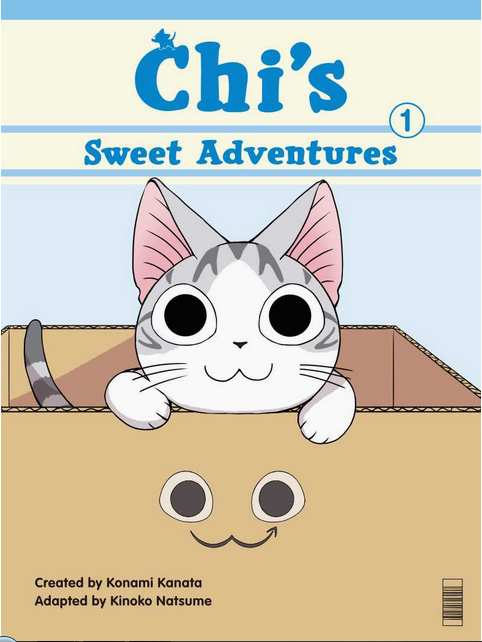It started off as research for a planned article about the changing face of the UK anime industry, and how anime distributors were being effected by covid 19 and the recent Brexit.
It was then when i came across this news item about UK based anime distributor Anime Limited and their securing of a Coronavirus Business Interruption Loan in march of this year.
Okay you say so far so boring – what’s the deal?
What makes this story unusual is the financial situation of the Anime Limited itself.
Lets first look at the “Coronavirus Business Interruption Loan”
This UK based scheme is designed to help small businesses that have been affected by the Coronavirus pandemic, which has massively affected SME’s across the UK. Under the scheme, 80% of the loan is guaranteed by the government (read: taxpayer) in case the loan is not repaid. This allows banks to loan to companies without taking the majority of the risk.
Now looking at the last set of Anime Limiteds filed accounts sent to Companies House, the UK governments registrar of company records (available to all here) – the striking figure is on page 8 of a document titled Total exemption full accounts ,made up to 31 December 2019 , published in August of 2020. Under the section titled “directors transactions” it states that director Andrew Partridge had taken £170,646 in loans directly from the company (increased from £90,532 in 2018) .

My question is why is Anime Limited lending large sums of money to directors, when it in turn requires external taxpayer-backed loans for operating capital?
It will be interesting to see how the new HSBC loan will affect the trajectory of the business – and i for one will be watching this intently.


